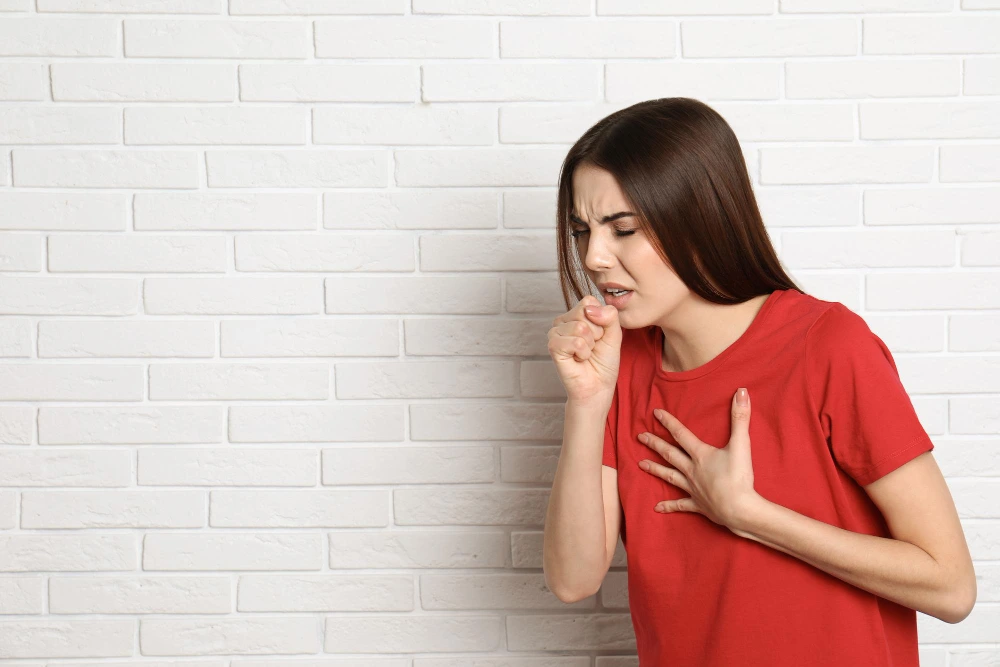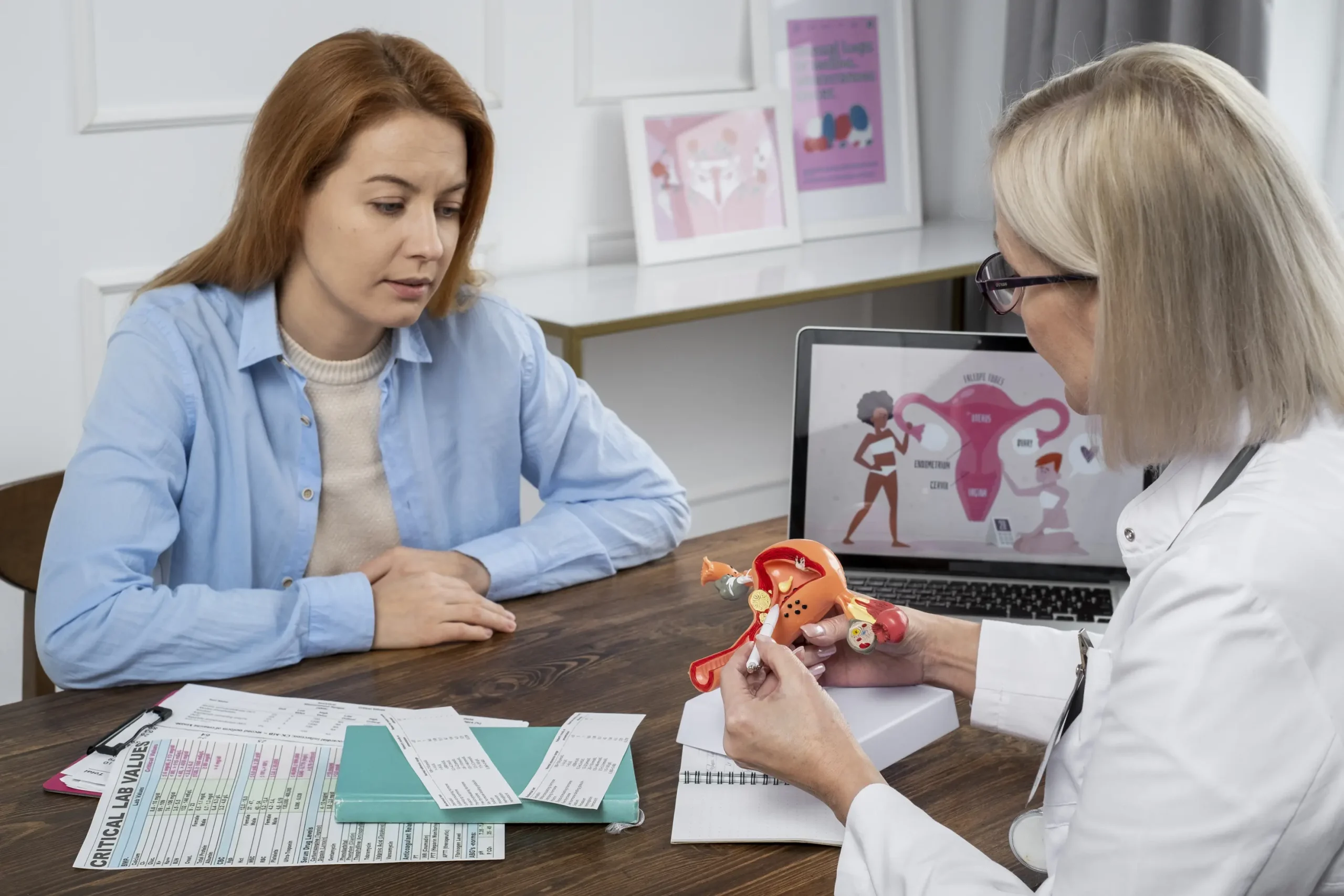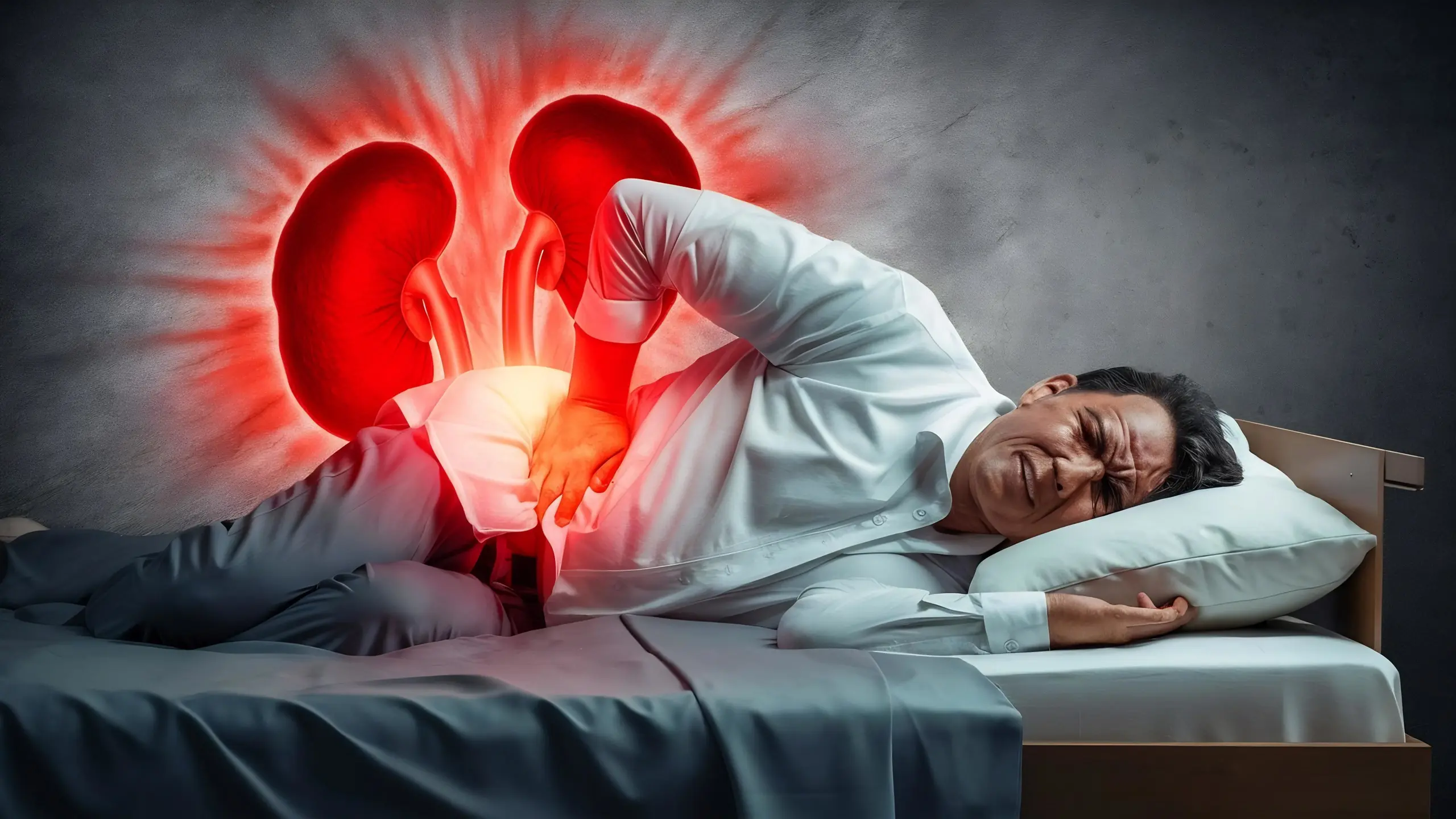Acid reflux, also known as gastroesophageal reflux disease (GERD), is commonly associated with symptoms like heartburn and regurgitation. But many patients are surprised to learn that acid reflux can also cause breathing problems. The connection between your digestive system and respiratory system is closer than you might think.
In this article, we’ll explore how acid reflux can lead to breathing difficulties, the symptoms to watch for, and the treatment options available at Kolekar Hospital.
Understanding Acid Reflux and GERD
Acid reflux occurs when stomach acid flows back into the esophagus, irritating its lining. When this happens frequently, it’s called GERD.
Common triggers for acid reflux include:
- Eating large meals or lying down right after eating
- Spicy, fatty, or acidic foods
- Caffeine and alcohol
- Smoking
- Obesity
- Hiatal hernia
Typical symptoms of acid reflux:
- Heartburn (burning sensation in the chest)
- Sour or bitter taste in the mouth
- Regurgitation of food or liquid
- Bloating and burping
While these are digestive symptoms, GERD can also impact your breathing in unexpected ways.
How Can Acid Reflux Cause Breathing Problems?
The esophagus and airways are closely connected. When stomach acid escapes into the esophagus, it can irritate not just the throat but also the airways and lungs. This happens through two main mechanisms:
| Mechanism | How It Affects Breathing |
| Micro-aspiration | Tiny droplets of stomach acid reach the airways, causing inflammation and breathing difficulty. |
| Vagal Reflex | Acid irritation triggers a nerve reflex that narrows the airways, leading to coughing, wheezing, or shortness of breath. |
Over time, repeated acid exposure can cause chronic inflammation of the airways, making breathing problems more frequent and severe.
Breathing Problems Linked to Acid Reflux
Patients with GERD may experience respiratory symptoms such as:
- Chronic cough (especially at night)
- Shortness of breath after eating
- Wheezing (similar to asthma)
- Hoarseness or voice changes
- Frequent throat clearing
- Tightness in the chest
Conditions Made Worse by Acid Reflux
Acid reflux can aggravate or contribute to:
- Asthma – GERD can trigger asthma attacks or make existing asthma harder to control.
- Chronic bronchitis – Ongoing irritation can worsen cough and mucus production.
- Sleep apnea – Acid reflux at night can disrupt breathing during sleep.
- Laryngopharyngeal reflux (LPR) – Acid reaches the throat and voice box, causing breathing discomfort.
Nighttime Acid Reflux and Breathing Problems
Nighttime reflux is particularly dangerous for breathing health. When you lie flat, it’s easier for stomach acid to travel upward. This can cause:
- Sudden choking or gasping during sleep
- Morning sore throat or cough
- Worsening asthma symptoms at night
Tip: Elevating the head of your bed by 6–8 inches can help reduce nighttime symptoms.
When to See a Doctor
You should seek medical attention if you experience:
- Shortness of breath along with frequent heartburn
- Chronic cough not improving with regular cough medicines
- Wheezing without a clear asthma diagnosis
- Chest pain (always rule out heart problems first)
- Difficulty swallowing or feeling of food stuck in the throat
Diagnosis at Kolekar Hospital
At Kolekar Hospital, we use advanced diagnostic methods to identify the link between acid reflux and breathing issues. These may include:
| Test | Purpose |
| Endoscopy | Checks for esophageal inflammation and damage. |
| pH Monitoring | Measures acid levels in the esophagus over 24 hours. |
| Esophageal Manometry | Assesses muscle function of the esophagus. |
| Spirometry / Pulmonary Function Tests | Evaluates lung function if breathing symptoms are present. |
Treatment for Acid Reflux-Related Breathing Problems
The goal is to control acid reflux and reduce airway irritation.
1. Lifestyle Modifications
- Eat smaller, more frequent meals
- Avoid lying down for 2–3 hours after eating
- Reduce intake of caffeine, alcohol, spicy, and fatty foods
- Maintain a healthy weight
- Quit smoking
- Elevate your head during sleep
2. Medications
- Antacids – Provide quick relief from heartburn
- H2 Blockers – Reduce acid production (e.g., ranitidine, famotidine)
- Proton Pump Inhibitors (PPIs) – Strong acid blockers for long-term control (e.g., omeprazole, pantoprazole)
3. Treating Associated Breathing Problems
- Inhalers for asthma-like symptoms (if prescribed)
- Cough suppressants for chronic cough (under medical guidance)
- Breathing exercises to improve lung capacity
4. Surgical Options
For severe, medication-resistant GERD, fundoplication surgery may be recommended to strengthen the valve between the stomach and esophagus. Kolekar Hospital offers advanced laparoscopic procedures for faster recovery.
Complications If Left Untreated
Ignoring acid reflux and breathing symptoms can lead to:
- Chronic asthma attacks
- Recurrent lung infections
- Esophagitis (inflammation of the esophagus)
- Barrett’s esophagus (a precancerous condition)
- Reduced quality of life due to constant discomfort
Prevention Tips from Kolekar Hospital Experts
- Identify and avoid personal trigger foods
- Drink plenty of water throughout the day
- Wear loose-fitting clothes to reduce pressure on the stomach
- Avoid smoking and alcohol consumption
- Manage stress through yoga, meditation, or breathing techniques
FAQs – Can Acid Reflux Cause Breathing Problems?
1. Can acid reflux feel like asthma?
Yes. GERD can cause wheezing and shortness of breath that mimic asthma symptoms. Many patients with asthma also have acid reflux.
2. Can acid reflux cause permanent lung damage?
If left untreated, repeated aspiration of stomach acid can cause chronic lung inflammation and scarring.
3. Can breathing problems from acid reflux go away with treatment?
Yes. Controlling acid reflux usually improves or resolves breathing symptoms over time.
4. Is shortness of breath from acid reflux an emergency?
If you have severe shortness of breath, chest pain, or dizziness, seek immediate medical help to rule out heart or lung emergencies.
5. Can children have breathing problems from acid reflux?
Yes. Pediatric GERD can cause chronic cough, wheezing, and disrupted sleep in children.
Conclusion
So, can acid reflux cause breathing problems? Absolutely. The connection between your digestive and respiratory systems means that untreated GERD can impact your ability to breathe comfortably. If you experience symptoms like chronic cough, wheezing, or shortness of breath along with heartburn, it’s important to seek medical advice.
At Kolekar Hospital, our gastroenterology and pulmonology specialists work together to diagnose and treat acid reflux-related breathing problems with a comprehensive, patient-focused approach.
Your health and breathing comfort matter — don’t let acid reflux take your breath away.
![]()





